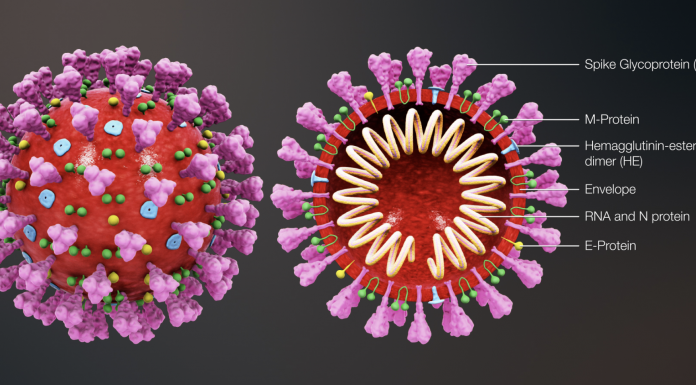SCIENTIFIC AMERICAN – Tens of millions of people in the U.S. have struggled with long COVID: a suite of symptoms that can persist long after an initial COVID infection and impact one’s day-to-day life.
Typically, these “long haulers” experience fatigue, difficulty concentrating and joint pain. At its worst, however, the syndrome can leave them bedridden.
Now studies suggest the rates of long COVID may be dropping. Although the investigations were not designed to assess the reason for this trend, scientists suspect the downturn is a result of increased immunity to SARS-CoV-2 (the virus that causes COVID), milder variants of that pathogen and improved treatments.
It is a welcome reprieve, but the decline does not help the millions of people who are already suffering from long COVID.
Moreover experts warn that the risk is still not zero. And without a clear explanation for the downward trend, it is unclear whether it will continue.
“You have to be vigilant,” says Paul Elliott, an epidemiologist at Imperial College London’s School of Public Health. “You can’t just relax these days and be done.”
There is reason for hope, however. Elliott and his team recently reported that people infected during the pandemic’s Omicron wave were 88 percent less likely to develop long COVID, compared with those infected with the original strain that emerged in Wuhan, China.
The research, published in October in Nature Communications, is the latest in a growing number of studies that point to a downswing in the debilitating condition.
This summer, the U.S. Centers for Disease Control and Prevention noted that the proportion of people infected with SARS-CoV-2 who went on to develop long COVID dropped from 18.9 percent in June 2022 to 11 percent in January 2023.
And just a few months before that European researchers found that the risk of long COVID among cancer patients fell from 19.1 percent in 2020 to 6.2 percent in early 2022 …



